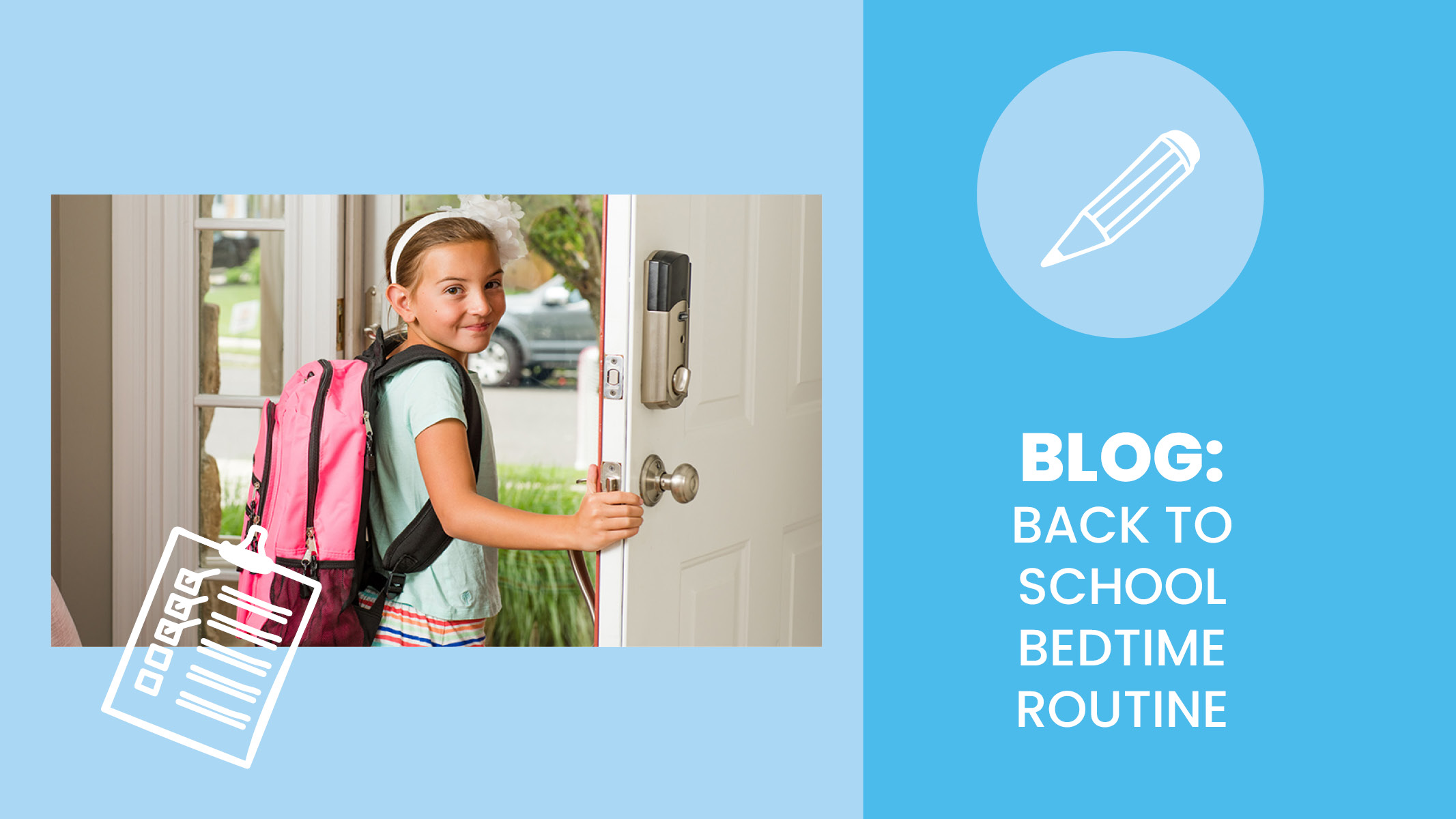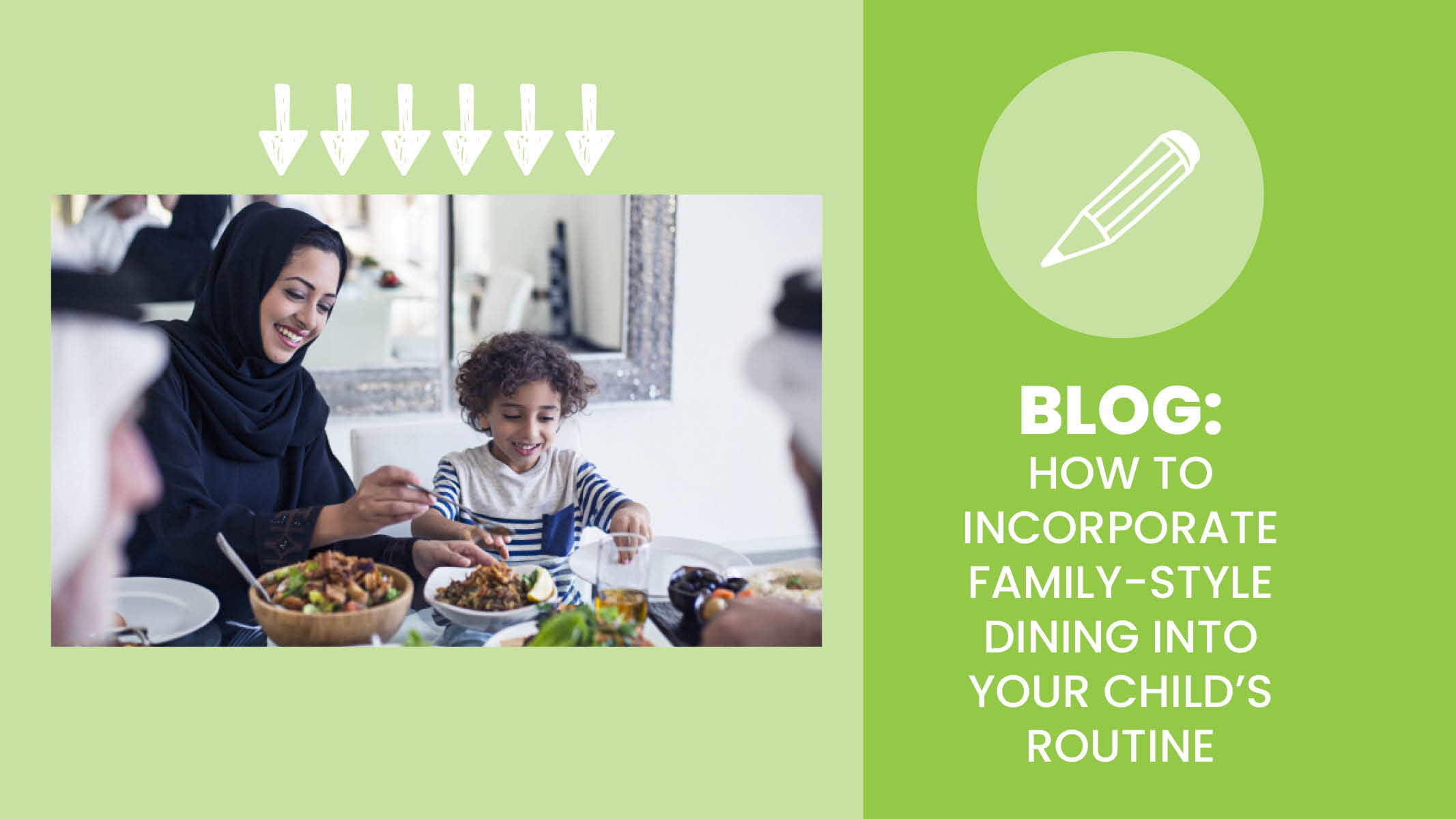Do you ever feel you need a quiet place to go to be alone? Having a quiet spot you can go to is important is important for everyone. Resting your body and mind is a healthy thing to do, and a comfy place is the perfect place to do it. Think of a quiet and comfortable place in your house or classroom that you could make your designated "Comfy Place."
Here are some ideas of spots you might want to think about for your comfy place:
- Your bed
- A special corner near a window
- Beside the couch
- On a big stuffed chair
Did you find a spot where you can have quiet time? Good for you! Now you can make it your comfy place. Make your comfy place safe and special just for you. You may want to put at least one or two of these things near your comfy place:
- Blanket
- Pillows
- Favorite books
- Favorite Toys
When to Use Your Comfy Place
You can go to your comfy place whenever you need a moment to relax and recharge your energy. Did you know you don’t have to sleep to rest? Resting just means you find moments to calm your body and mind at different times throughout the day. What can you do during quiet time?
- You can play quietly with a toy.
- You can look at books.
- You can color.
- You can day dream.
Everyone needs quiet time. Quiet time helps your body rest. After you rest, you can play again! Quiet time helps your mind too. Resting your mind can help motivate your mood.
For Parents and Educators
This activity is appropriate for children ages 2 to 5. You may find it particularly helpful for kids who have stopped taking naps or for kids learning how to spend time alone. Help your child find a safe space that is quiet, private, and safe to make a comfy place. Encourage children to go to their comfy place when they need some quiet time or if they are feeling overwhelmed.
Some parents may want to establish a routine quiet time for their child each day. Here are some tips for how to make that successful:
- Schedule quiet time for the same time every day so your child gets used to the routine. For example, a good time may be after lunch each day. That way your child will start associating the end of lunch with the start of quiet time.
- Let your child get ready to rest, just like at bedtime. Let them get a drink of water, use the bathroom, and anything else that could be a distraction or prompt them to leave their comfy place.
- Start with just a few minutes at a time and build to 10 minutes. You can continue to increase the time from there. You may choose to set a timer so your child can tell when quiet time is over.
- You and your child may both find it helpful for you to share the first part of the quiet time together. Spending these minutes together as your child gets settled can help keep them from "wanting you" while they are being quiet in their comfy place.
- Tell your child how great they did when quiet time is over. Discuss how you feel after resting your body and mind. Remind them recharging their energy is important. Help children identify their comfy place as a spot where they are surrounded by comfortable things and where they can rest their minds as well as their bodies. Giving them the option to use their comfy place when your child is upset, crying hard, or angry, can help them associate their comfy place with a place of calmness and a place to be quiet, think, and relax. By doing this you are teaching your child how to manage and motivate their mood(s) in a healthy way.
Be fit! Teaching your child healthy ways to respond to feelings and emotions like anger, sadness, or tiredness is part of raising fit kids. Routine quiet time can help your child become aware of their feelings and emotions, as well as helping them to manage and motivate their mood in a healthy way. Without healthy ways to ease stress, kids -- like adults -- are more apt to withdraw from activity and become lethargic, develop depression, have difficult relationships, and have problems sleeping. Kids who learn healthy ways to respond to negative feelings, anxiety, and stress can use their skill to help them succeed in all aspects of a fit life.
Ready for More? You Might Also Like:
Tips to Help Toddlers with Feelings and Emotions
Cozy Spots are for Grown-Ups
5 Must Have Resources for Social and Emotional Learning


